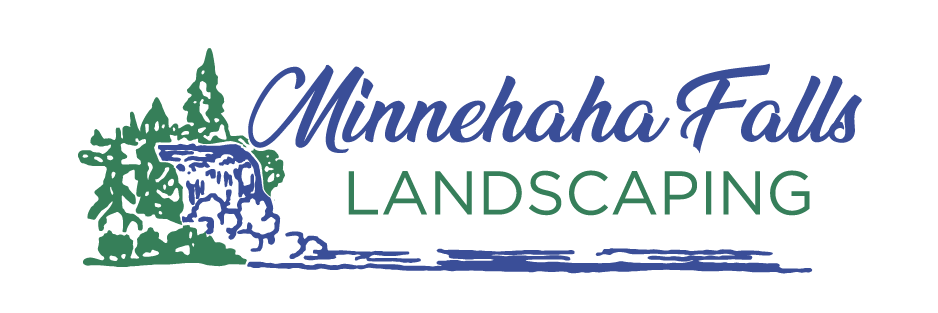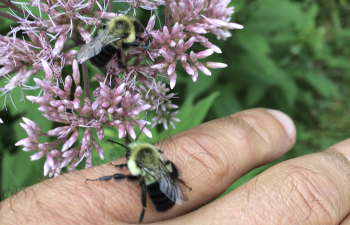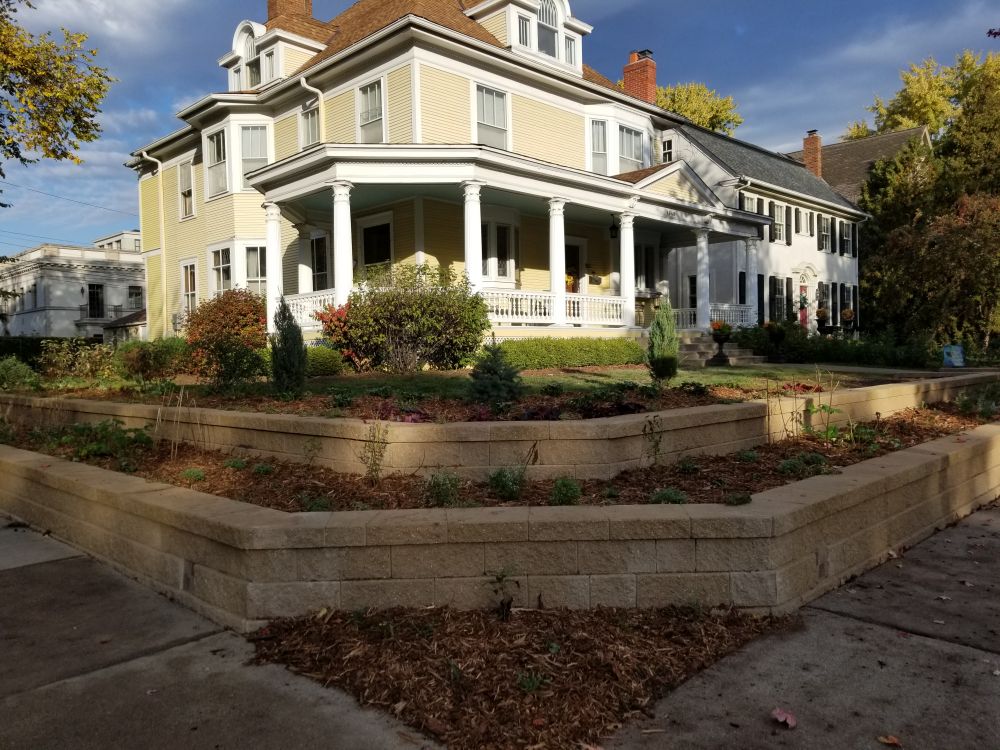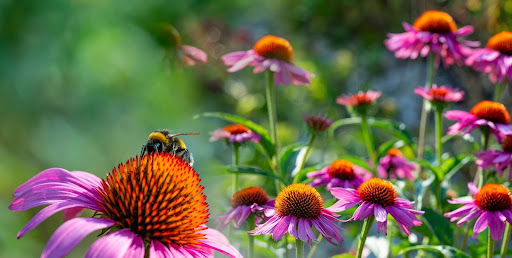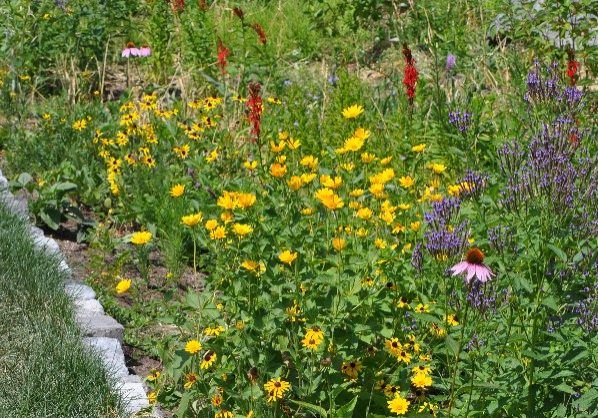
This is every summer morning for Leah and Dan Cunningham, a fun couple with a passion for preservation that has transformed their landscape into an everblooming nature refuge. The Cunningham’s newly constructed home is nestled in the neighborhoods of South Minneapolis. The sod lawn they started with was a blank slate for their imaginations. Their goals for a low- maintenance, watershed and wildlife friendly landscape that would allow them a place to relax and connect with nature were inspired by Dan’s childhood in the forests of northern Minnesota and their mutual lifelong fascination with the natural world. After two years of mowing and maintaining a standard sod covered landscape, they were ready for a transition.
This is Leah and Dan Cunningham’s landscaping story about bringing their yard back to nature. Minnehaha Falls President Russ Henry interviewed Dan and Leah and wrote the story. We’re sharing it with you in seven chapters, within seven blog posts.
Chapter 1: The Dream
Starting out on a city block, already filled with front yard gardens, Dan and Leah knew they could garden as much of the landscape as they wanted and still blend with the neighborhood. One young neighbor even offered a no cost review of their standard grass lawn. Leah recalls: “When first moved in when it was all just sod out there and a family walked by with little kids. One of the little kids said, “My mom says you poison this” and she was right ya know, we had all sod, and it wasn’t the best option. And the mom was embarrassed, but I was like “no that’s a good point”. She’s not wrong, we were putting in fertilizer that runs off into the creek and we shouldn’t have been doing that.”
Wanting to make better decisions for the watershed, wildlife, and neighborhood they enlisted the help of a local landscape contractor who specializes in pollinator friendly landscaping to begin the design process. After a couple meetings with the contractor, they were ready to break ground. Incorporating rain gardens, bee lawns, an aspen grove, stone and paver walkways, and a full front and side- yard meadow; the new landscape design included everything they had been dreaming of.
